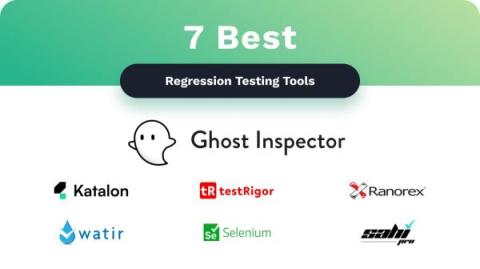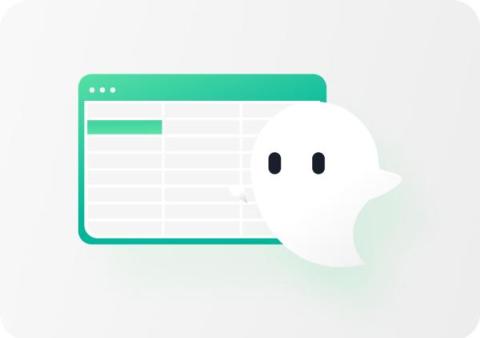The 7 Best Regression Testing Tools in 2024
QA engineers and developers constantly worry that new updates will hinder the functionality of their applications. Regression testing tools prevent this and ensure that applications run smoothly after a code update. Most QA teams use automated regression testing software to save time and money while speeding up the release cycle. However, these benefits only apply when you use a web testing tool that suits your use cases.











